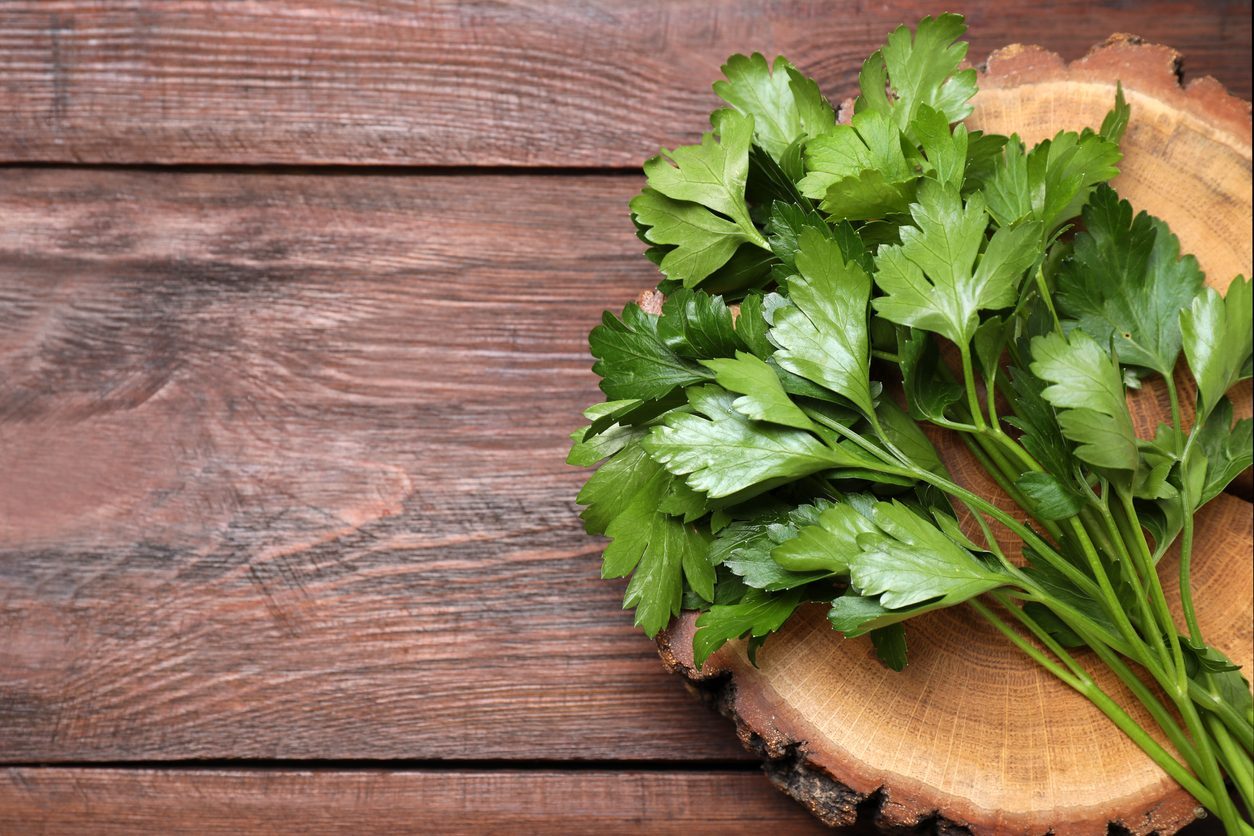Tuna: Properties, Benefits and Uses in the Kitchen
Tuna is a blue fish with tender meat and an unmistakable flavor, a sea product consumed and appreciated in every corner of the globe, certainly with reason. Let's find out the properties and varieties of tuna, with some ideas for using it fresh or canned in delicious recipes.

Rich in mineral salts, omega-3 and vitamins, heart-friendly and low in calories, tuna is undoubtedly among the most consumed fish products on the planet, so much so that the UN has dedicated a world day to it, May 2nd. From Japan to the Atlantic coasts passing through the Italian tuna fisheries of Sicily and Sardinia, tuna is an ingredient loved by all and used in various ways in the kitchen.
With the generic term "tuna" we mean a group made up of different fish species, more or less valuable, belonging to the larger family of blue fish: caught or farmed fish that allows us to bring delicious and tasty dishes to the table. Let's find out everything there is to know about this fish with extraordinary qualities: the benefits, the properties and the different varieties, with some advice for using it in the kitchen in genuine and delicious recipes.
Tuna's Properties
Tuna is a food with an interesting nutritional profile: relatively low in calories (100 grams of fresh tuna provide 159kcal, calories which rise to almost 200 in the case of canned tuna) it is rich in mineral salts, in particular iron, phosphorus, selenium, calcium, sodium and magnesium. Excellent source of omega-3 saturated fats, important for keeping blood cholesterol levels under control, but also of proteins with high biological value: for these reasons it falls into the category of nutritious and "lean" fish (the exception is tuna belly, the only fatty portion). The presence of vitamins is good, in particular of vitamin A, while the quantities of sugars, lipids and carbohydrates are practically irrelevant.

Tuna's Benefits
The nutritional profile of tuna leaves no doubt about the importance that this product can have in a healthy and balanced diet. If you still have doubts, you will be pleased to know that:
- tuna helps develop muscle mass and facilitates the loss of excess fat thanks to its good protein intake;
- the massive presence of omega-3 fats supports and helps the cardiovascular system because it helps to keep cholesterol levels in the blood low;
- Omega-3s also have positive effects on mood, a particularly useful function in periods of high stress and anxiety;
- phosphorus and potassium stimulate concentration and memory, while iron is useful in case of anemia; again thanks to mineral salts, tuna protects and supports bone development.

Fresh Tuna and Canned Tuna
So far we have talked about fresh tuna, yet Americans are among the countries with the highest consumption of canned tuna, with a consumption of over 1 billion pounds a year. Sold in tins or glass jars, in slices or fillets, canned tuna is an essential ingredient in our pantries and often helps us when we have little desire or little time to spend in the kitchen.

How does it differ from fresh tuna? The nutritional characteristics, thanks to modern preservation systems, are almost similar: the canned one preserved in oil obviously has a higher caloric intake but also a greater quantity of proteins. We are used to thinking of canned tuna as an ingredient that is certainly useful but also not very delicious: in reality, with a little attention to the choice, it is possible to find high quality types of canned tuna on the supermarket shelves, with which to prepare delicious dishes.
Tuna Varieties
If we really want to prepare a good tuna-based dish, we must first learn to recognize the numerous varieties because there isn't just one tuna, on the contrary. In particular, on the market we can find:
- Yellowfin tuna: probably the best known, it has firm, pink and medium-flavored meat. It owes its name to the color of the fins which turn yellow at the tips. It is fished mainly in the Atlantic and Pacific oceans, it does not exceed 40kg in weight and one meter in length;
- Red tuna: immediately recognizable by the intense color of its meat (hence the name), red tuna is undoubtedly the most valuable and expensive. Large in size (it can even reach three meters in length and 600kg in weight), bluefin tuna is unfortunately at risk of extinction and, to avoid the danger, numerous farms, called tuna farms, have been set up;
- Skipjack tuna: dark pink and not too valuable meat are the characteristics of this variety which we often find canned. A typical ingredient of Japanese cuisine, tuna weighs no more than 3 or 4kg and is very widespread in the waters of the Mediterranean Sea, particularly in Sicily;
- Alalunga Tuna: also called white tuna, this type of tuna falls into the "fine but not too high" category, it owes its name to the shape of the fins which resemble sabres, it has low-fat meat and is white in color with light pink streaks.

How to Use Tuna in The Kitchen
One of the fundamental rules of cooking a good fish dish is to cook it as little as possible and tuna, in this respect, is no exception. Purchased fresh, in slices, tuna can become the protagonist of delicious and tasty recipes because it goes well with every type of ingredient and gives its best with every type of cooking: for example, if you have a grill at your disposal, you can sear it for a few seconds on each side and then season it with a lemon-scented emulsion; if you like playing with flavors and textures, sesame tuna is the one for you. Main courses? Try the tuna casserole with crisps or the poke bowl with an unmistakable flavor and taste.
;Resize,width=767;)
;Resize,width=712;)
;Resize,width=712;)
;Resize,width=712;)
